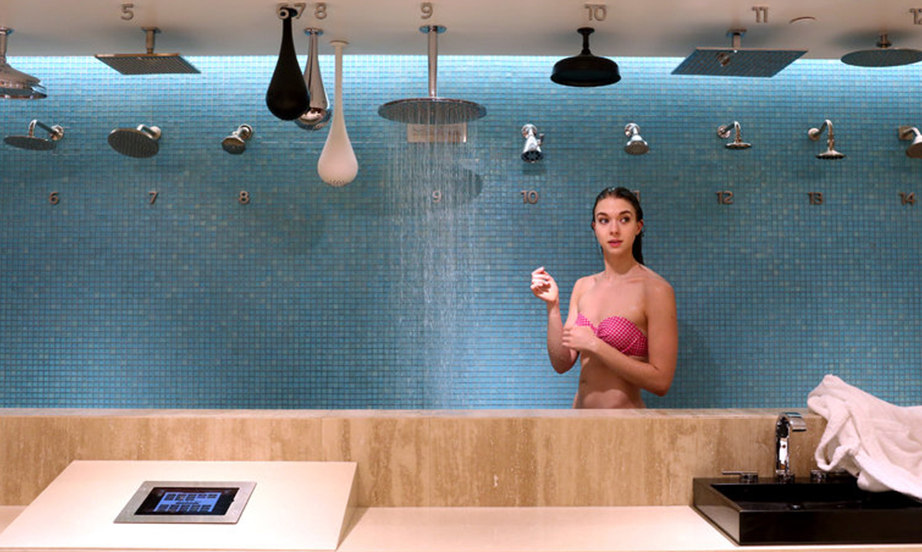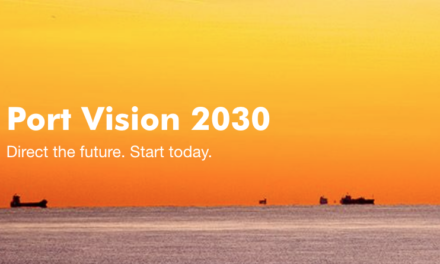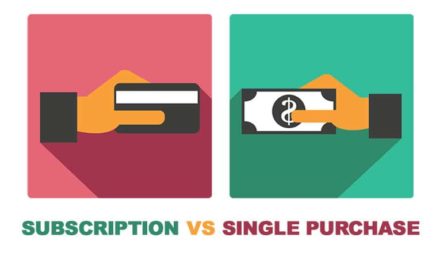With experiential commerce, it’s not about paying for a product anymore but creating a memorable purchasing experience. To impress clients, retailers are launching more and more initiatives that are both pragmatic and creative. And when you add digital to the mix, the result is subtler, yet every bit as effective. We looked at a few examples.

Experiential: this rather odd term is not new for marketing experts looking to boost sales. With experiential commerce, the focus isn’t on the quality or price of a product but on the positive emotions it can create when consumers choose or make their purchase. Both online and brick-and-mortar stores are pulling out all the stops to delight customers.
Pirch: experience kitchens and bathrooms before you buy them
Flagships, showrooms and pop-up stores have already introduced this concept, whereby products are displayed almost as museum exhibits and customers are pampered in an original, laid-back setting: here everything is designed to keep them in the store. High-end American brand Pirch, for example, gets customers to test the kitchen or bathroom of their dreams before they buy.
At Pirch, you’re a guest, not a customer. When you arrive at the Garden State Plaza store in Paramus, New Jersey, you can help yourself to coffee and snacks, and all the items on display are in full working order and can be tried out. And in the test kitchen, real-life chefs cook meals right before customers’ eyes and you can make an appointment to learn more about how to use the equipment for the recipes demonstrated.

Une bonne table, l’endroit idéal pour sceller un contrat ? Il est dit que ça fonctionne dans le business. Pirch a
Sealing a deal over a meal? That’s how things are often done in business, and this is how Pirch does things: contracts are signed at the table, over a meal prepared on site, and with a few extra guests, including decoration advisors who guide customers in their choices. The equipment is displayed in situ on digital wall screens, so customers can have a better idea of what they’ll look like in their home.
Using tablets in the shower? You can do this in a Pirch store too – well, almost. You can try out shower head strengths and speeds on a touch tablet: thus, in just a few clicks, you can reproduce the intimate, relaxing moment that is show-time, complete with the throb of running water. At the opening of the brand’s flagship store, demonstrators went as far as putting a bathing suit on and getting wet to make the experience more realistic. In other works, Pirch have totally embraced the concept of immersive, sensory marketing.
The Comptoir Boulanger: a meeting point for advice and assistance
This French household appliance chain has also been trying out experiential retail with two of its stores in the north of France. Customers can bring their dirty laundry to try out washing machines and try out any of the machines or connected objects on show, with assistance from sales staff. Alternatively, they can play with drones or 3D printers in the Lab and get their mobiles devices or PCs fixed.

In some of the smaller local stores (around 300 m²), the products on display are selected based on customer ratings, and are available in store or from the e-commerce site and delivered to the store or home within 24 hours. Everything is designed to offer an optimal service to customers, from guiding them in their decisions to shipping and then, for some equipment, maintenance.
Another example is UK bookseller Foyle’s, who have opened a flagship store in Chelmsford that’s designed as “a cultural and social hub,” with an in-store café, and regular events such as a Parent and Toddler Hour and Book Group, to draw families in.
E-commerce is going experiential and sensory too
It may seem more difficult to evoke emotions online than in brick-and-mortar stores, but sensorial also plays a key role. The use of background music and carefully-chosen graphics and colours are designed to generate positives images, whilst interactive 3D animations, customisation, virtual tests and pre-or-after sales assistance via the social media all contribute to this new retail experience. But retailers should never overlook an essential, practical aspect: fast, quality delivery, which is still the key to consumer satisfaction.
Sources: CNBC, Retail Week, Retail Week















